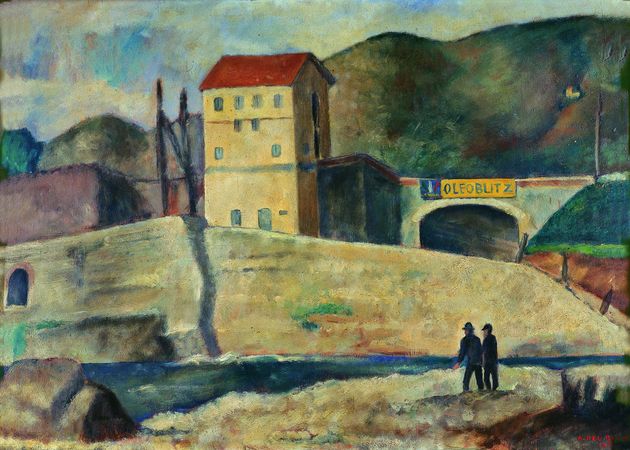The Last Embrace is one of Lipchitz’s latest works. It was modelled in a period when the elderly Lithuanian artist was receiving wide appraisal, with important retrospectives being organised in Austria, Germany and Israel, where his exhibition inaugurated a new wing of the Tel Aviv museum. In those years, besides creating monumental works, Lipchitz also made small sculptures like this charming The Last embrace, which revisits themes he had tackled as far back as the 1930s (see for example Jacob’s struggle with the angel, or the dynamic embrace of the Return of the Prodigal Son). The forms were now rounded and more classical but had the same “tension of opposites”, one of the recurring elements in all his art. As has been written, Lipchitz’s work, his creative process, is an experience of purification which investigates the sense of life and death, giving form and movement to personal experiences and tragedies and imbuing his sculptures with autobiographical references. Forms and volumes which compete and dissolve in a balanced interplay as in mythological metamorphoses, give a monumental dimension to this last of his works.




























































